In the realm of fabrics, few materials boast the delicate charm and practical versatility of cambric cotton. If you’ve ever wondered, “What is cambric cotton fabric?”—you’re in for a treat. This lightweight, finely woven textile has enchanted fashionistas and quilters alike for centuries.
Known for its smooth texture and breathable nature, cambric cotton finds its roots in Cambrai, France, where it was first produced. Join me on a journey through the intricacies of cambric cotton fabric, exploring its uses, benefits, and why it remains a favorite in crafting elegant clothing and exquisite quilts alike.
What Is Cambric Cotton Fabric?
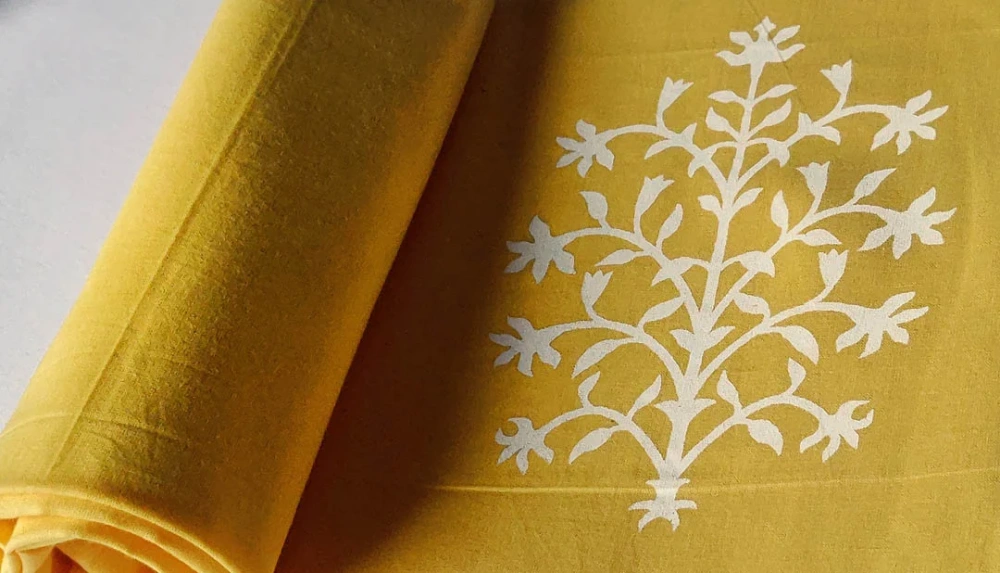
Cambric cotton fabric, originating from Cambrai, France, began as a lightweight, closely woven cotton cloth, initially resembling fine linen. By 1595, London saw printed cambric used for bands, cuffs, and ruffs. Today, modern cambric is crafted from premium American or Egyptian cotton, featuring warp and weft yarns ranging from 60 to 80 in count. It’s lightly calendered to achieve a subtle sheen on one side.
Cambric can be bleached or dyed during production, with lower grades boasting a smooth, bright finish. Known for its lightweight feel, ease of sewing, and excellent durability, cambric offers a neat, appealing texture. Its ability to launder well makes it perfect for items like handkerchiefs, children’s dresses, slips, underwear, and nightgowns, maintaining its quality through numerous washes.
What Is Cambric Cotton Fabric History?
The tale of cambric cotton fabric spans centuries, beginning in Cambrai, a renowned medieval textile hub in France. Its origins, however, extend back to ancient India, where it was known as “kambala” or “kambl.” Indian cotton fabrics, famed for their intricate weave, reached Europe via Portuguese traders in the 16th century.
Cambrai gained fame for producing superior cotton fabric celebrated for its plush texture and meticulous craftsmanship. By the Renaissance, cambric adorned European royalty for its light, breathable feel and intricate embroidery.
During the industrialization of the 18th and 19th centuries, cambric production expanded to England, Scotland, and the United States, benefiting from advances in textile technology. Today, cambric includes variations made from both cotton and linen, used in fashion, linings, quilting, and crafts.
This rich history highlights cambric cotton fabric’s enduring appeal as a premium, lightweight material cherished for its fine weave and luxurious touch, evolving over time to meet diverse textile needs.
What Is Cambric Cotton Fabric Made Of?
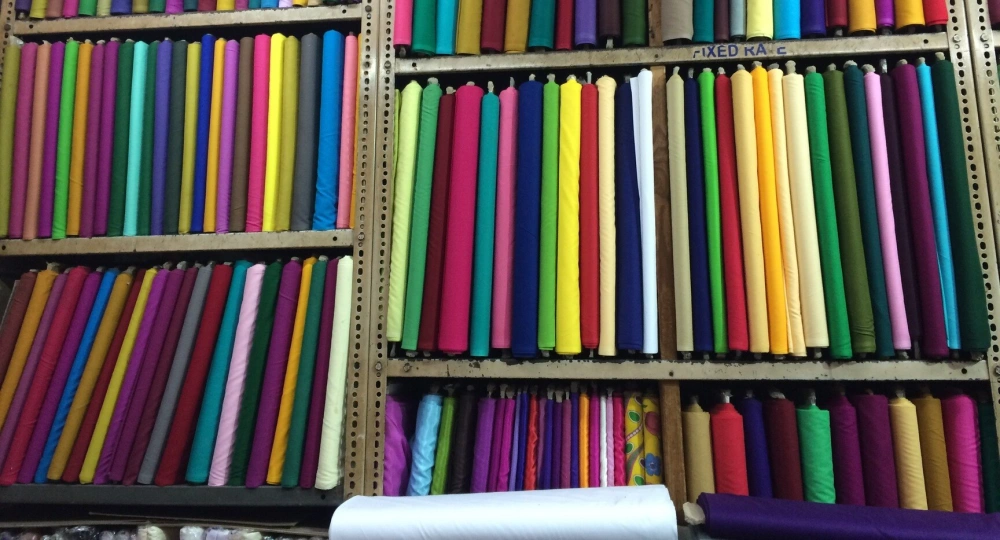
In understanding What Is Cambric Cotton Fabric, one notable aspect is its tightly woven structure, contributing to a smooth and uniform finish. A key process in its production is ‘calendering’, where the fabric passes through heated rollers. This technique not only enhances the fabric’s durability but also imparts a subtle gloss and stiffness.
High-quality cambric fabric retains these desirable traits over time, maintaining its crispness and luster despite natural aging processes. This durability and refined appearance make cambric fabric a preferred choice for various applications, ensuring enduring quality in every use.
What Is Cambric Cotton Fabric Production Process?
The production process of cambric cotton fabric involves selecting high-quality cotton fibers, carding them to align and clean, spinning into fine yarn, weaving tightly on specialized looms, and finishing for softness and durability. Stringent quality control ensures it meets standards, ready for dyeing or printing vibrant colors and patterns, making cambric cotton fabric versatile and durable for various uses.
What Is Cambric Cotton Fabric Classification?
| Type | Description |
|---|---|
| Plain Cambric | Standard type with a plain weave and smooth texture. |
| Printed Cambric | Cambric fabric with printed designs or patterns. |
| Embroidered Cambric | Cambric fabric embellished with intricate embroidery. |
| Calendered Cambric | Cambric fabric passed through heated rollers for a slight gloss and enhanced smoothness. |
| Bleached Cambric | Cambric fabric that has undergone bleaching for a bright, white appearance. |
| Dyed Cambric | Cambric fabric dyed in various colors, offering a range of vibrant options. |
| Blended Cambric | Cambric fabric blended with other fibers like linen or synthetics for enhanced properties. |
What Is Cambric Cotton Fabric Benefits?
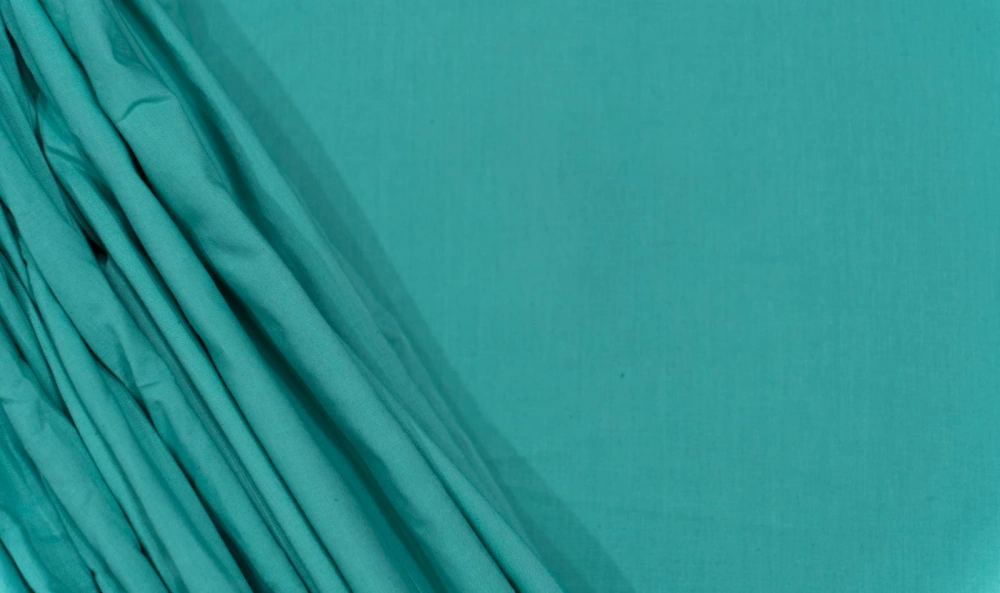
Lightweight And Breathable: Cambric cotton fabric delights with its lightweight, breathable weave, ensuring comfort and coolness even on warm days. Its airy nature makes it a favored choice for clothing and bedding alike.
Glossy Texture And Distinct Finish: With a glossy texture and a uniquely smooth finish, cambric cotton fabric exudes elegance and sophistication. This lustrous appearance adds a touch of luxury to any garment or home textile.
Durable And Resistant: Known for its durability and resilience, cambric cotton fabric withstands everyday use and maintains its integrity over time. Its robust quality ensures longevity and reliability in various applications.
Shrink-resistant and Stretch-proof: Resisting both shrinkage and stretching, cambric cotton fabric retains its shape and size through repeated washes and wears. This stability guarantees a consistent fit and appearance, ensuring comfort and ease of care.
Versatile: Versatile by nature, cambric cotton fabric lends itself to a multitude of creative endeavors. Whether used for vibrant dyeing, intricate printing, or delicate embroidery, it adapts effortlessly to fashion, quilting, and interior decor projects, offering endless possibilities for expression.
Easy to Work With: Its lightweight and smooth texture make cambric cotton easy to handle, whether you’re sewing garments or crafting intricate designs. It drapes beautifully and holds its shape well, ideal for both novice and experienced makers.
Absorbency: Known for its absorbent properties, cambric cotton efficiently wicks away moisture, making it comfortable to wear in warm weather. This feature also makes it suitable for items like handkerchiefs and summer clothing.
Compatibility with Dyes: Cambric cotton takes dyes exceptionally well, resulting in vibrant, long-lasting colors. This versatility allows for endless creative possibilities in dyeing and printing, ensuring your projects stand out with vivid hues.
Easy Care: Maintaining cambric cotton is hassle-free. It can be machine washed with a mild detergent and air dried or tumble dried on low heat. Its natural resilience minimizes wrinkling, making it convenient for everyday use without compromising on appearance.
What Is Cambric Cotton Fabric Used For?
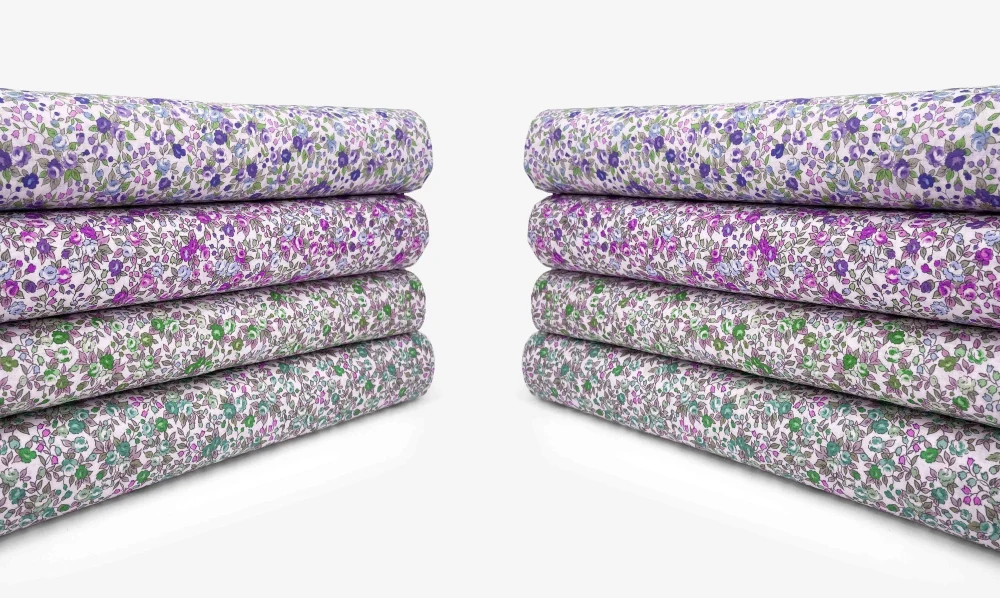
Cambric fabric finds extensive use across diverse applications, owing to its exceptional qualities. Here are several common uses:
Clothing: Cambric, prized for its softness and breathability, is a go-to fabric for crafting lightweight garments like dresses, blouses, and summer tops. Its smooth texture and comfortable feel make it perfect for warm-weather wear.
Linings: Often chosen as a lining material, cambric adds structure and durability to garments. It smoothens the main fabric and enhances its overall quality, ensuring a polished look.
Quilting: With its tightly woven structure, cambric is favored in quilting projects. It provides a stable surface for intricate stitching, maintaining the quilt’s integrity while offering a smooth finish.
Crafts: Cambric is a versatile choice for crafts, including embroidery and appliqué. Its stable surface supports detailed work, making it ideal for creating decorative pieces with precision.
Handkerchiefs: Known for its absorbency and soft touch, cambric is often used in making handkerchiefs. Whether for everyday use or special occasions, it offers comfort and practicality.
Upholstery: In upholstery, cambric lines the undersides of furniture to protect padding and springs. It helps maintain the furniture’s shape and structure, ensuring longevity and comfort.
How To Care Cambric Cotton Fabric?
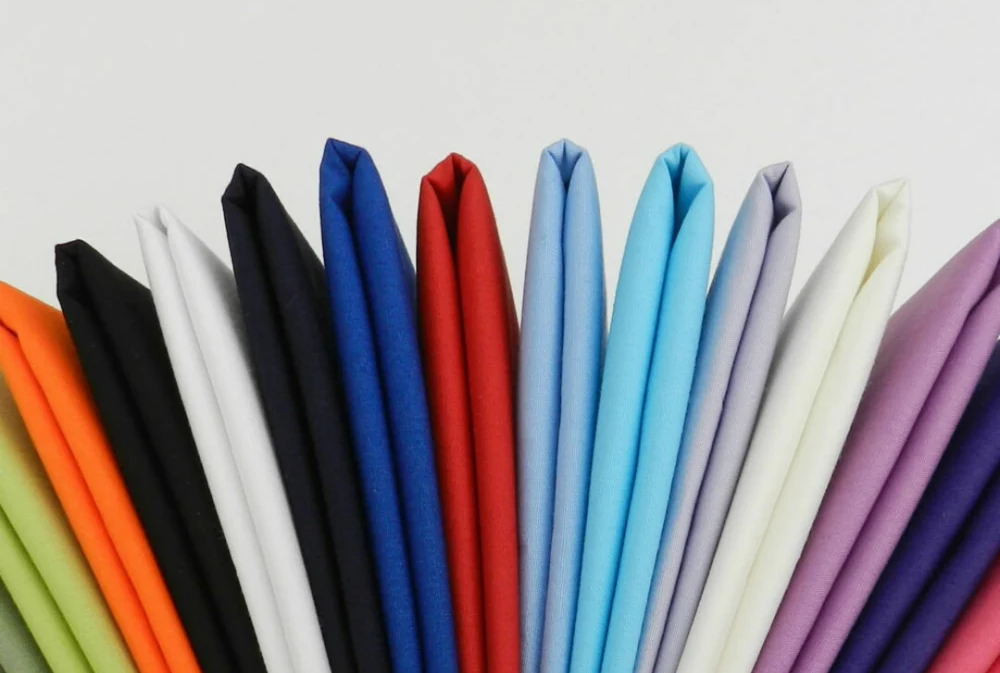
Caring for cambric cotton fabric ensures it remains pristine and durable for years to come. When washing, opt for a gentle cycle with cool water to preserve its delicate fibers, avoiding hot temperatures that can cause shrinkage. After washing, air dry or use a low heat setting in the dryer to minimize wrinkles, removing promptly to prevent creases.
When ironing, set your iron to a low heat and press the fabric while slightly damp, using a pressing cloth to protect it from direct heat. Store cambric fabric folded neatly in a cool, dry place away from sunlight to maintain its color and texture. For stains, treat promptly with a mild detergent and avoid harsh chemicals.
Consider professional dry cleaning for intricate or delicate garments to ensure they retain their shape and quality. Following these simple care steps will keep your cambric cotton fabric looking fresh and feeling soft, ready for your next sewing or crafting project.
What Is Cambric Cotton Fabric Shopping Tips?
Quality Check: Inspect the fabric for quality. Look for a smooth, tightly woven texture that indicates durability and a luxurious feel. Avoid fabrics with irregularities or loose threads.
Weight and Thickness: Determine the weight and thickness that best suits your project. Cambric cotton comes in various weights, from lightweight suitable for summer clothing to slightly heavier options for quilting or upholstery.
Color and Print: Consider the color and print options available. Cambric cotton takes dyes well, offering a wide range of vibrant colors. Choose prints that complement your design, whether classic solids or intricate patterns.
Feel the Fabric: Feel the fabric to assess its softness and drape. Cambric cotton is known for its smooth, soft handfeel, making it comfortable to wear and easy to work with for sewing and crafting.
Care Instructions: Check the care instructions on the fabric bolt or label. Opt for fabrics that are easy to care for, such as machine washable and low maintenance, unless you specifically need a different type for a special project.
Conclusion
In conclusion, now that you know what is cambric cotton fabric , you can appreciate its versatility and numerous uses across various crafting and garment projects. From its lightweight and breathable qualities ideal for summer clothing to its absorbency and ease of dyeing, cambric cotton offers both practicality and aesthetic appeal.
Whether you’re a seasoned crafter or just starting out, understanding what cambric cotton fabric is opens up a world of creative possibilities.
